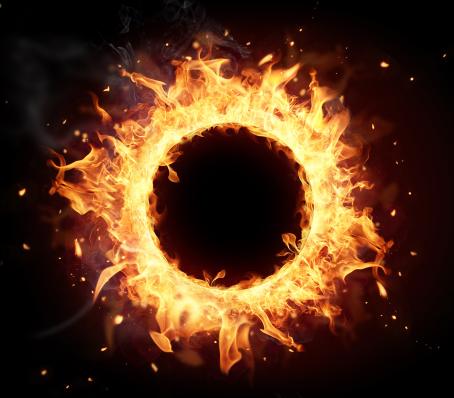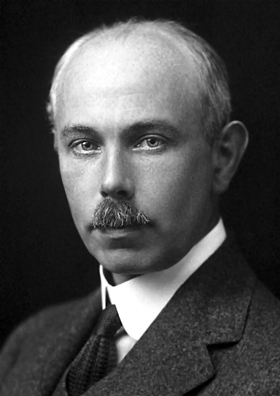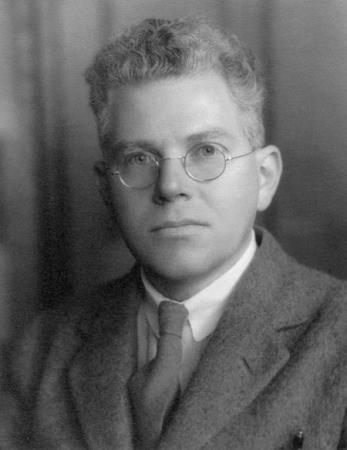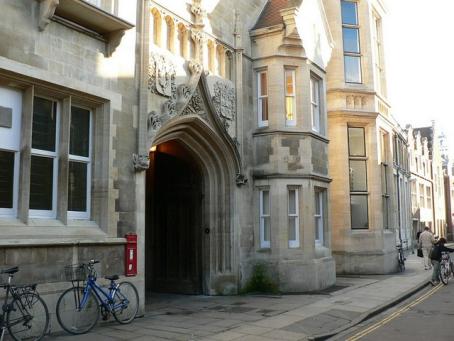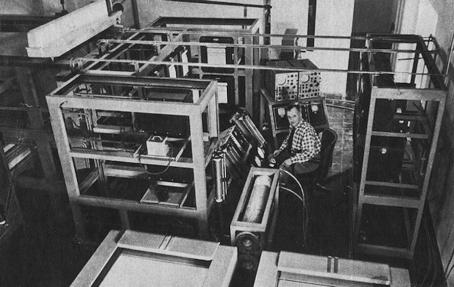
Early Fusion Research
6 min read
Since ancient times, people have wanted to know why stars shine. The only source of heat and light that humankind knew was fire — and stars were apparently not balls of fire. In a calculation published in Scientific American in 1863 it was shown that if the Sun were made from coal, it would burn for only about 5,000 years. So there had to be another, more powerful source of energy than coal.
Matter Equals Energy
Einstein’s famous equation, published in 1905, suggested that matter could be converted into energy, and in 1920, British physicist Francis William Aston discovered that the mass equivalent of four hydrogen atoms’ nuclei is heavier than the mass of one helium atoms’ nucleus, although they have an equal number of nucleons. The missing mass could be converted into energy. In the same year, Arthur Eddington suggested the possibility that stars gain their energy from converting protons into alpha particles and probably make even heavier elements in their core. Hans Bethe got the Nobel Prize, in 1967, for precise calculations of the proton-proton chain that powers our Sun and the carbon-nitrogen cycle that takes place in more brilliant stars.
First Man-made Fusion
When a particle accelerator was invented in 1930, experiments started to prove the fusion idea. In the Cavendish Laboratory, Cambridge, UK, Mark Oliphant, Ernest Rutherford, and other scientists fired deuterons (nuclei of deuterium) into various targets. They discovered the nuclei of helium and tritium and achieved the first man-made fusion in 1932. Ernest Rutherford calculated that such fusion is energetically useless because the energy required for particle acceleration outweighed the energy gained from a successful reaction. But the most important part was done — fusion was confirmed. Now a way has to be found to release this tremendous energy in a usable way.
Entrance into Cavendish laboratory, where the fusion was first performed using a particle accelerator.
Early Attempts
The first attempt to build a working fusion power device is almost forgotten. It was realized in 1938 in National Advisory Committee for Aeronautics’ (NACA) Langley Memorial Aeronautical Laboratory. Arthur Kantrowitz was inspired by Bethes’s paper about processes in the core of stars and persuaded his supervisor, Eastman Jacobs, to give him permission to build a device that would be capable of thermonuclear fusion. Decades before tokamaks, he calculated that a toroidal chamber wrapped in copper wire generating a confining magnetic field would do the job. His machine, codenamed “Diffusion Inhibitor”, was made from aircraft sheet metal and measured a respectable 3.6 metres across. The plasma inside was heated by a radio transmitter. Kantrowitz and Jacobs created glow discharge and observed plasma instabilities, but then NACA director George William Lewis happened into the lab. He saw no meaningful results and immediately ordered the device to be shut down. Kantrowitz and Jacobs never returned to fusion research again.
Start of Research
The outbreak of the Second World War brought chaos into fusion research. Although fission had its moment of glory, owing to its destructive potential, fusion was not forgotten. After the war, fusion research was back. The first devices that served for plasma behaviour studies were based on the principles of betatron and pinch. The hunger was not only for a fusion bomb, but also for a fusion power plant. It was clear that a power plant on the fission principle was possible, so people were anticipating that a safer and cleaner fusion power plant could be invented soon.
Huemul Project
The first country to claim that it had reached fusion was Argentina in 1951. The whole world was shocked because no one would have imagined that it would be Argentina who would achieve the goal that developed countries had just started to think about. The fusion reaction was supposed to take place in a device called a thermotron, built on the island of Huemul by Ronald Richter. No exact details about the principles behind the machine were revealed, and later it turned out that it was a fake and the thermotron was not able to reach fusion at all. But the bombastic announcement of Argentina’s president, Juan Perón, that controlled fusion was achieved, that Argentina’s energy problems were solved and that in the future energy would be sold in bottles like milk, prompted fusion research all over the world. Lyman Spitzer was inspired by Perón’s speech to formulate a stellarator design idea, which was realized in 1953 by the Model A stellarator.
Lavrentiev’s Letter
Meanwhile, in 1950, the gifted young scientist Oleg Alexandrovich Lavrentiev, at the time on military service in Sakhalin, wrote a letter to the Central Committee of the CPSU in Moscow that he had some ideas about a thermonuclear fusion device and also a hydrogen bomb construction. His proposal for electrostatic confinement was so intriguing that it inspired Andrej Sakharov and Igor Tamm to later invent the tokamak, a highly successful magnetic confinement device. When Argentina announced its success in fusion, frenetic work on a thermonuclear reactor began in the USSR as well.



